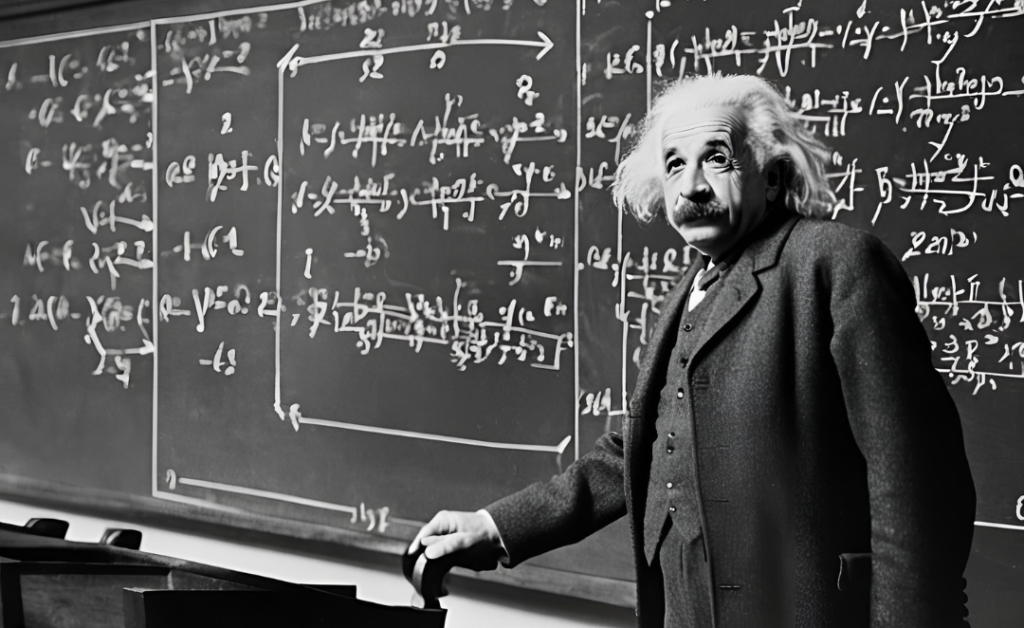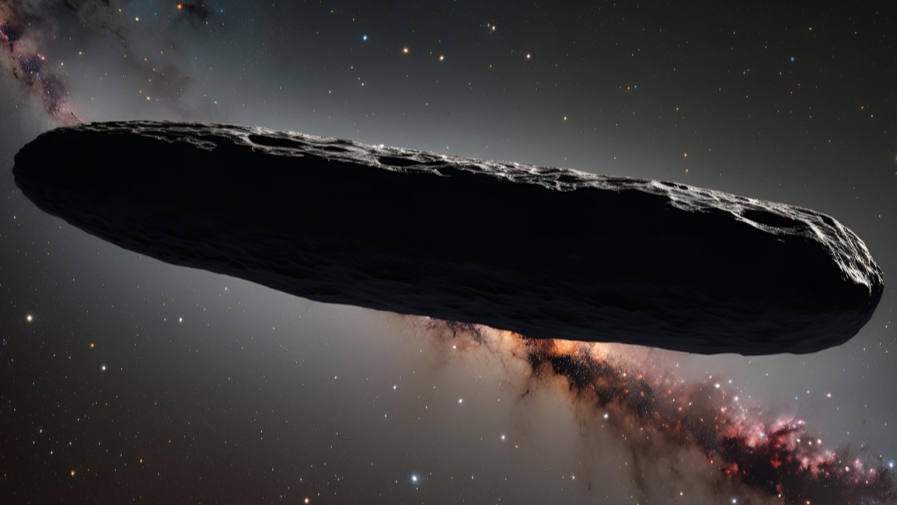Einstein’s General Theory of Relativity , proposed by Albert Einstein in 1915, revolutionized our understanding of gravity and spacetime. While many facts about it are well-known, there are some lesser-known or interesting details about the theory:
Einstein’s General Theory of Relativity

1. Einstein’s Struggle to Perfect the Theory
Einstein spent almost a decade developing the General Theory of Relativity. From 1907 to 1915, he refined and reworked his initial ideas. At one point, he even almost gave up because the mathematics of general relativity was extremely difficult and not entirely within his grasp at the time. Mathematicians like Marcel Grossmann and David Hilbert helped Einstein with the complex mathematics of differential geometry that underpinned the theory.
2. Einstein’s Mistake in the Mercury Perihelion Problem
One of the triumphs of general relativity was its ability to explain the anomaly in the orbit of Mercury, which classical Newtonian mechanics could not account for. However, when Einstein first made his calculations, he made a mistake and thought his theory didn’t match observations. He was devastated but later discovered an arithmetic error. When corrected, the theory aligned perfectly with Mercury’s orbit.
3. Gravitational Waves Predicted and Forgotten
In 1916, Einstein predicted the existence of gravitational waves—ripples in spacetime caused by massive accelerating objects like merging black holes. However, he wasn’t certain if they existed and even doubted their reality later in his life. It wasn’t until 2015, a century later, that gravitational waves were directly detected by the LIGO experiment.
4. Einstein vs. Quantum Mechanics
While Einstein’s general relativity is a pillar of modern physics, he struggled to reconcile it with quantum mechanics. His famous phrase “God does not play dice with the universe” reflects his discomfort with the probabilistic nature of quantum theory. To this day, general relativity and quantum mechanics remain incompatible, and physicists are still searching for a unified theory (sometimes referred to as “quantum gravity”).
5. Einstein Added a “Cosmological Constant” as a Fudge Factor
When Einstein first formulated general relativity, he believed the universe was static (neither expanding nor contracting). To make his equations fit this idea, he added a term known as the “cosmological constant,” which counteracted gravity to keep the universe static. When Edwin Hubble discovered in 1929 that the universe was expanding, Einstein called this his “biggest blunder.” Ironically, modern cosmology suggests a version of the cosmological constant (now associated with dark energy) may actually be real and explains the accelerated expansion of the universe.
6. Time Slows Down Near Massive Objects
One of the striking predictions of general relativity is gravitational time dilation. Time itself runs more slowly in stronger gravitational fields. This is observed, for example, near black holes or even around Earth. GPS satellites have to account for this effect; otherwise, they would quickly become inaccurate.
7. The Eddington Experiment in 1919
Einstein became a global celebrity in 1919 after British astronomer Arthur Eddington led an expedition to observe a solar eclipse. Eddington’s observations of how starlight was bent by the sun’s gravity confirmed one of the key predictions of general relativity: light bends when passing near a massive object. This observation was the first major experimental verification of Einstein’s theory and helped him achieve worldwide fame.
8. Black Holes Were Once Considered Fictional
General relativity predicts the existence of black holes—regions of spacetime where gravity is so strong that not even light can escape. Although Einstein’s equations pointed to this conclusion, he himself wasn’t convinced that black holes were physically real. For decades, many physicists treated black holes as a mathematical oddity, until observational evidence (like the discovery of pulsars and later direct imaging) began to pile up.
9. Gravitational Lensing Predicted by General Relativity
General relativity predicts that massive objects can act as lenses, bending the path of light. This effect, known as gravitational lensing, is now a vital tool in astrophysics. It is used to study dark matter, distant galaxies, and the expansion of the universe. Einstein initially thought the effect would be too small to be of practical use, but today it is routinely observed.
10. Einstein’s Field Equations are Infamously Complex
The core of the general theory of relativity lies in the Einstein Field Equations (EFE), a set of 10 highly complex nonlinear partial differential equations. Solving these equations exactly is extremely difficult, and only a few exact solutions are known. Most of the practical applications of general relativity involve numerical simulations or approximations.
11. General Relativity Has an Important Role in Modern Technology
While general relativity might seem abstract, it has practical applications. GPS systems, for instance, must account for both general and special relativity. The clocks on GPS satellites run faster than those on Earth because they are farther from the Earth’s gravitational well, and if this relativistic effect were not corrected, GPS systems would become inaccurate by several kilometers each day.
12. The Theory Is Not Complete
General relativity describes gravity in large-scale structures but doesn’t explain how gravity works at the quantum level. A complete theory of quantum gravity—such as string theory or loop quantum gravity—remains elusive. General relativity also breaks down at singularities (such as the centers of black holes and the Big Bang), where the known laws of physics can no longer make predictions.
These lesser-known aspects highlight both the brilliance of Einstein’s theory and the ongoing quest to fully understand its implications.
Table of Contents
( Einstein’s General Theory of Relativity ) more updates Follow my Instagram click here.
-

बरमूडा ट्रायंगल का रहस्य | क्या सच में यहां जहाज और विमान गायब हो जाते हैं?
-

ओउमुआमुआ का रहस्यमयी मोड़ : वैज्ञानिक क्यों हुए हैरान?
-

12 Fascinating Facts About Einstein’s General Theory of Relativity You Might Not Know
-

The mysterious fast radio bursts (FRBs) in space
12 Fascinating Facts About Einstein’s General Theory of Relativity You Might Not Know
12 Fascinating Facts About Einstein’s General Theory of Relativity You Might Not Know

